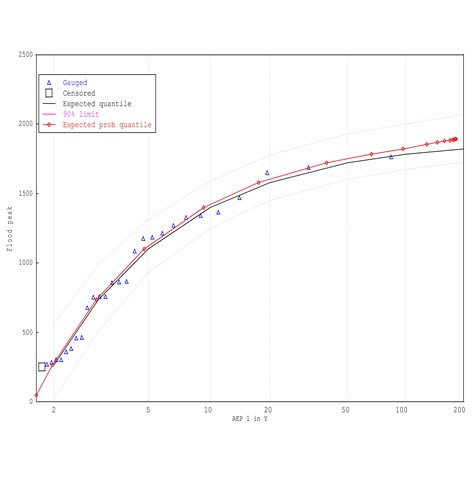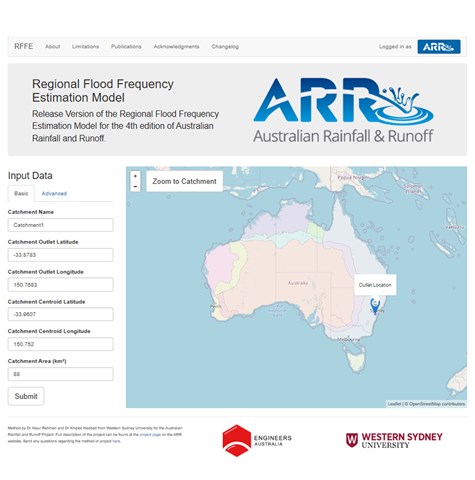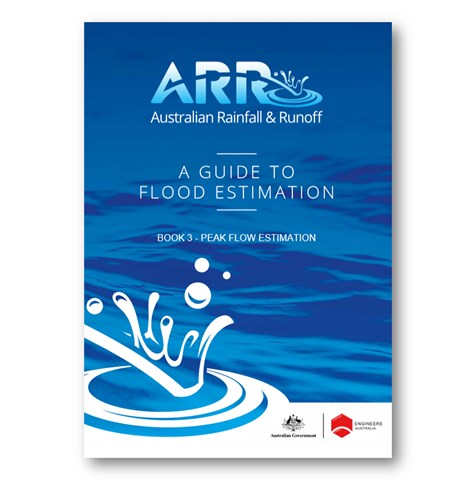For general information and enquiries, please contact info@tuflow.com
For sales or licensing, please contact sales@tuflow.com
For setting up and applying TUFLOW, please contact support@tuflow.com
For training enquiries, please contact training@tuflow.com
Developed by Professor George Kuczera from the School of Civil Engineering at the University of Newcastle Australia, FLIKE is an extreme value analysis package that calculates the probability of flood events based on historical records.
FLIKE is fully compliant with Book 3 of Australian Rainfall and Runoff (2019), and has been specifically designed to incorporate Australian Rainfall and Runoff regional information as prior knowledge inputs to improve peak estimation confidence quantiles.
Although developed for flood applications, FLIKE can be applied to any extreme value analysis. Visit Downloads for purchase instructions and to download the latest executable.

This Flike course, run by the Australian Water School, is designed to provide a general introduction to peak flow estimation based on flood frequency analysis (FFA), as well as cover specific technical aspects of this topic area. This course will help you discover a how-to guide on flood frequency analysis. Learn more about the inclusion of historic events and the addition of prior information from the Regional Flood Frequency Estimation (RFFE).
Take sessions at any time, at your own pace with unlimited course access for 30 days.

Use Australian Rainfall and Runoff Regional Flood Frequency Estimation model results as a source of regional information input to FLIKE LP3 site flood frequency estimations.
Refer to Example 5 in the ARR self-teach tutorials for further information

FLIKE is the at-site flood frequency analysis toolkit recommended by the Institute of Engineers Australia in Australian Rainfall and Runoff (2019). Self-teach tutorial datasets are included within the software download. Documentation for the tutorials are available within Book 3 of the ARR guideline document (link below):
